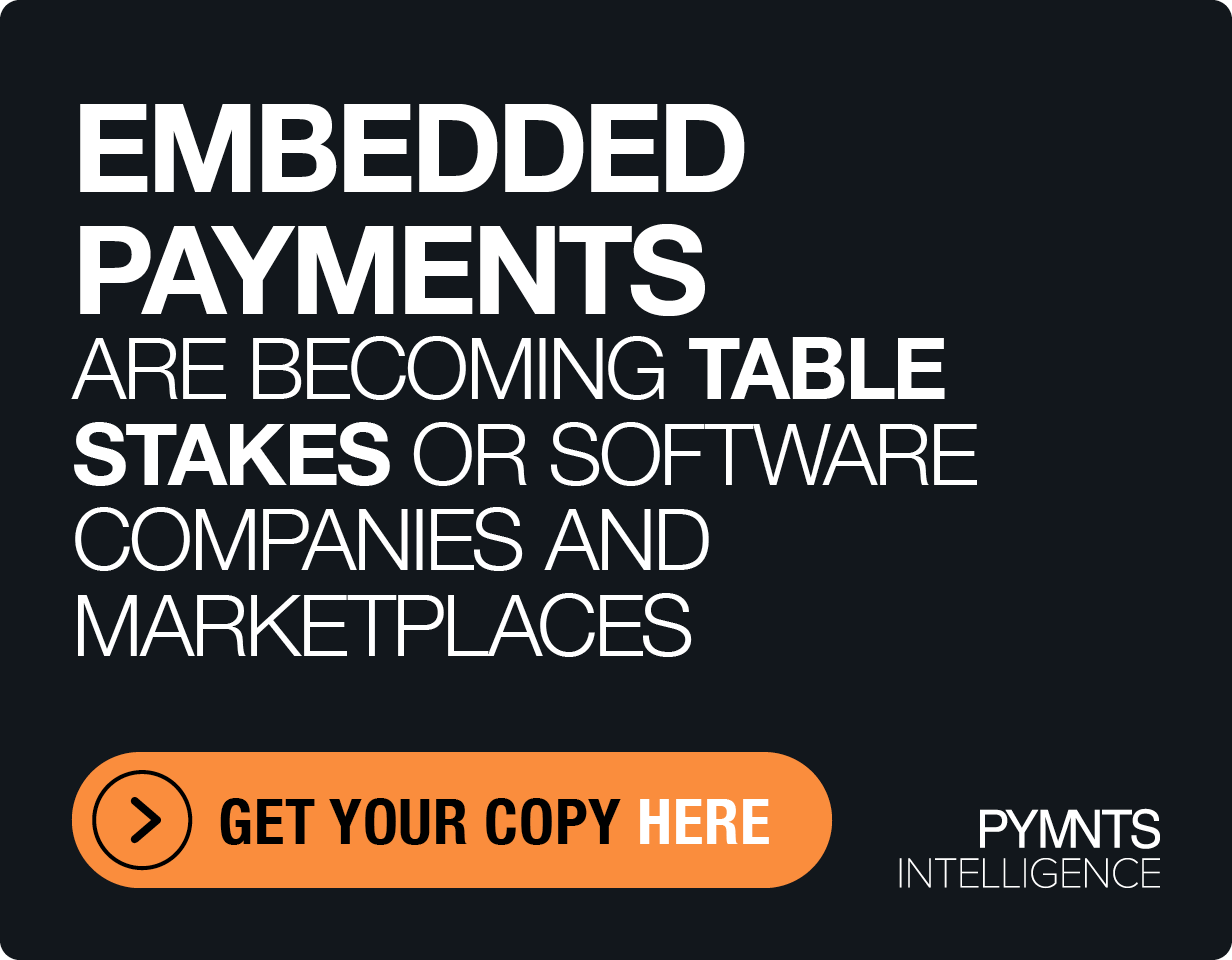Travelers Want Their Payments to Be Invisible and Hyper-Local Too
Travel is a vertical ripe to be examined, ready to embrace a technological shift — and a mindset shift, too — when it comes to payments.
Spreedly Vice President of Product Management Joe Meuse, EBANX Vice President, Global Market Development & Channels Gregory Cornwell, and Hopper Head of Product, Payments & Fraud Anirudh Narla told PYMNTS that payments could be a key component of improving the customer experience.
Cornwell noted that amid the great travel rebound that’s accompanied economies re-opening in the wake of the pandemic, “it’s a comeback where we expect to see the ‘full normal’ level of payments activity by the end of this year.”
But customers, having lived so much of their lives online during COVID, now expect travel to be as seamless an experience as, say, eCommerce — and hyper-local, as they want to wield the payment methods they prefer.
That’s no easy task. As Meuse said, “travel, by definition, is a global, cross-border business. You have all of these various parties — service providers, technology providers, customers and vendors — and the payments flow is extremely complex.”
Local Payments Take Center Stage
For EBANX, which enables consumers to pay with debit and credit cards, and alternative payment methods in Latin America and Africa, said Cornwell, “a big issue is to offer local payment methods — where it may be a digital wallet option or an instant bank transfer methods.” As he noted, in Latin America, only about 28% of consumers have a credit card, so those individuals want their preferred payment methods to be offered.
That means going beyond card transactions and offering methods such as buy now, pay later options, too. After all, as Narla remarked to the panel, “travel is an expensive purchase. Most of our consumers take, maybe, one or two trips a year — and it tends to be a big purchase.” Spreading cash outlays over weeks or months can help consumers commit to the journey.
That inclination to embrace preferred payment methods extends beyond the consumer. Hopper’s app lets consumers pay in local currencies, where the customer feels like they’re paying “at home” even while they’re traveling in far-flung parts of the world. The Hopper app also relies on a broad swath of vendors to provide a continuum of flights, hotels and rental cars — and those vendors want to paid in their own local currencies, too.
“This can introduce a lot of complexity,” Narla said, “where you need to be local and seamless on both the customer and supplier sides.” There are other issues in the mix, too, tied to cancellations and refunds, and where trips can be booked months in advance but paid for once the travel gets underway. Meuse observed that the complexity is compounded by the fact that funds may be taken in “at a single point” by a travel platform but then have to be disbursed to several vendors and suppliers across various currencies.
“But if the customer’s getting a refund,” he said, “they’ll want to receive that refund in the original form of payment and currency they used.”
EBANX, said Cornwell, tries to streamline those complexities on both the Spreedly and Hopper sides of the equation through an API that supports transactions in 18 different countries, with a local presence in each market. In most of the countries in which EBANX operates, explained Cornwell, the firm has multiple acquiring connections.
“We route transactions to help improve the approval rates,” said Cornwell, “control fraud and reduce chargebacks.” For Hopper, said Narla, the benefits accrue from tapping into EBANX’s platform without having to manage individual relations ships, one on one, with a slew of providers.
The Benefits of Payments Orchestration
Simplifying that web of relationships, routing the transactions themselves — and boosting approval rates — is aided by payments orchestration, said Spreedly’s Meuse. There are no single vendors that operate in every jurisdiction, so optimizing transactions to take advantage of “best of breed” providers and use cases needs a platform.
“With an orchestration platform,” he said, “you have connectivity that is ready to go and easy to use. It’s normalized for you so that you don’t have to worry about the specifics of the differences behind the various payment methods, the channels, the gateways, the payment providers, and additional service providers.”
Supporting a broad range of payment service provider relationships, added Meuse, can make payments and integral part of the experience as travelers move throughout their trips without worrying about which cards they can use or whether a certain vendor will accept a given form of payment.
At high level, said Narla, the payment should “be invisible … You know exactly what you are paying, you’re paying in the currency you wanted, with the payment method you wanted, and there are no issues down the line. “

